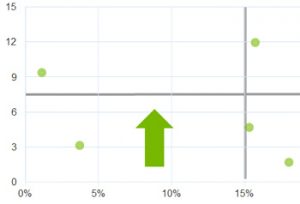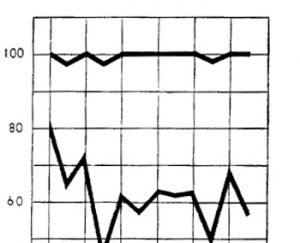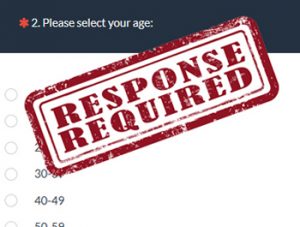Topics
Topics

5 Visualization Techniques for Managing the Customer Experience
There’s a plethora of both big and small data to describe the customer experience. It comes in both qualitative and quantitative forms. In all cases, visualizing data is one of the most effective ways to uncover relationships and patterns, which leads to better insights and improvements in user experiences. Here are five techniques to use

10 Things to Know about a Key Driver Analysis
What affects customer loyalty more? Price, features, or usability? What are the key drivers of brand attitude? A key driver analysis (KDA) allows you to identify what features or aspects have the biggest impact on an outcome variable such as likelihood to recommend, brand attitudes, and UX quality. It’s one of the more powerful techniques

12 Tips For Writing Better Survey Questions
The effectiveness of surveys starts with the quality of the questions. Question writing is an art and a science. You need to balance your needs and the needs of the organization commissioning the survey with the burden on the respondents. Here’s a summary of 12 useful guidelines we use, pulled from books and articles. 1.

How and When to Use an Affinity Diagram
The affinity diagram is a visual technique to organize ideas and information. The “affinity” between pieces of information reveals patterns and often a hierarchy that can help with product design (similar to the affinity or basket analysis). It’s also known as the K-J method for its creator, Jiro Kawakita, who developed it as one of

9 Biases That Affect Survey Responses
How many hours per year do you spend volunteering? How much do you agree that online articles provide valuable information for businesses to succeed? There is an art and science to writing survey questions. A number of books can help you with the process. But even the best written questions can be susceptible to biases

Pros and Cons of Requiring Survey Responses
We all are bombarded with surveys asking us to provide feedback on everything from our experience on a website to our time at the grocery store. Many of us also create surveys. They’re an indispensable method for collecting data quickly. Done well, they can be one of the most cost effective ways to: Understand the

4 Things UX Research Tells You that Google Analytics Doesn’t
Google Analytics is an amazing tool for understanding website traffic. There’s a reason most of the top websites use it. Among other things it can tell you: – How many people visit daily, monthly, and across years and seasons – How much time people spend on pages – What pages get the most visitors –

4 Principles to Help Innovate and Improve the Customer Experience
For all products, whether new or existing, there’s a seemingly endless push (and usually strong financial incentive) to innovate. Innovation can mean improving the customer experience or adding new features or functions to address customer needs. Innovation is more than just an epiphany moment from a solo genius. It’s usually the result of much effort

Can You Change a Standardized Questionnaire?
Questionnaires are an effective way for gauging sentiments toward constructs like usability, loyalty, and the quality of the website user experience. A standardized questionnaire is one that has gone through psychometric validation. That means the items used in the questionnaire have been shown to: 1. Offer consistent responses (reliability) 2. Measure what they are intended

Getting Started Finding the Right Sample Size
Most methods in UX rely on collecting data (behavioral and attitudinal) from a sample of participants. But knowing how many participants you should use is not a simple question. What’s particularly difficult about learning how to compute the right sample size for a study is that books and articles can get overly technical; it’s hard

The Essentials of a Contextual Inquiry
In the early 2000s, I was helping improve the usability of an application for commodity traders. It was an app built for tablet computers. This was a decade before the iPad. We had a good idea about the functions and tasks the app was intended to support. But we didn’t really know how traders actually

Does Improving Website Navigation Pay Off?
You’ve got a few minutes between errands and need to run into the store. You efficiently run to the right aisles dodging shopping carts and get the two items you need and dash to the checkout only to be frustrated with how long it’s taking to pay. You leave the store empty handed. The same